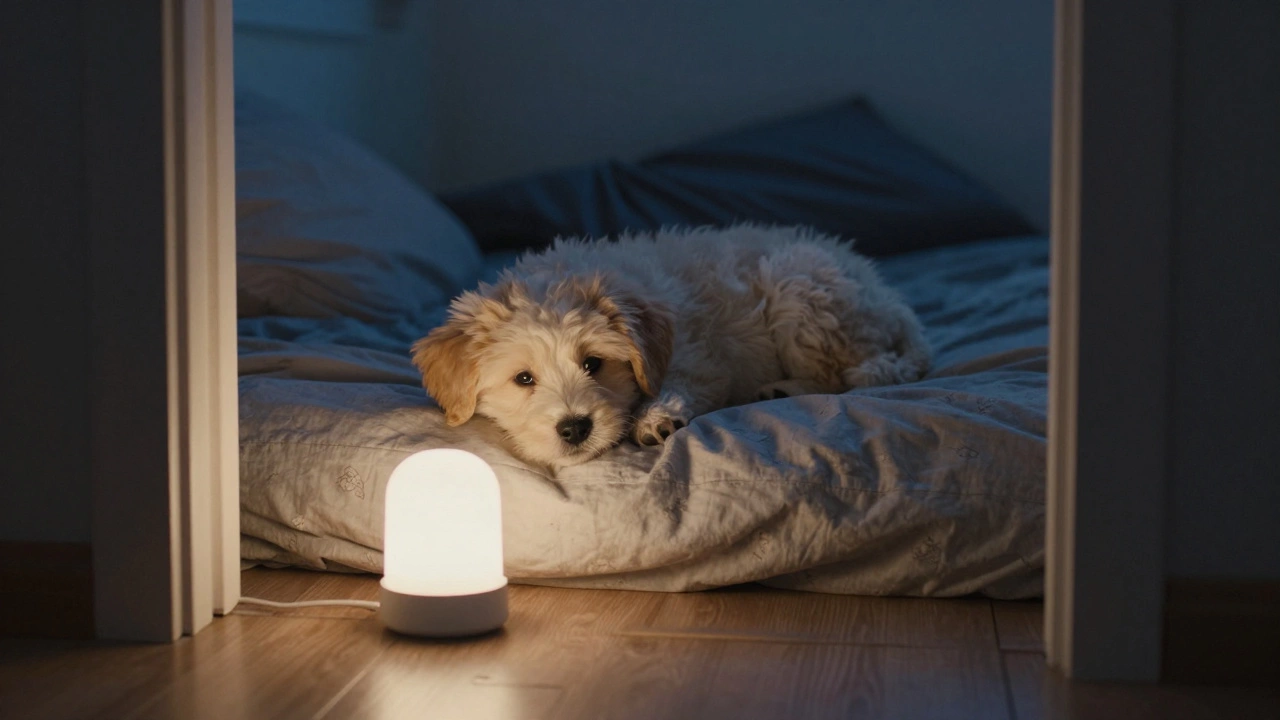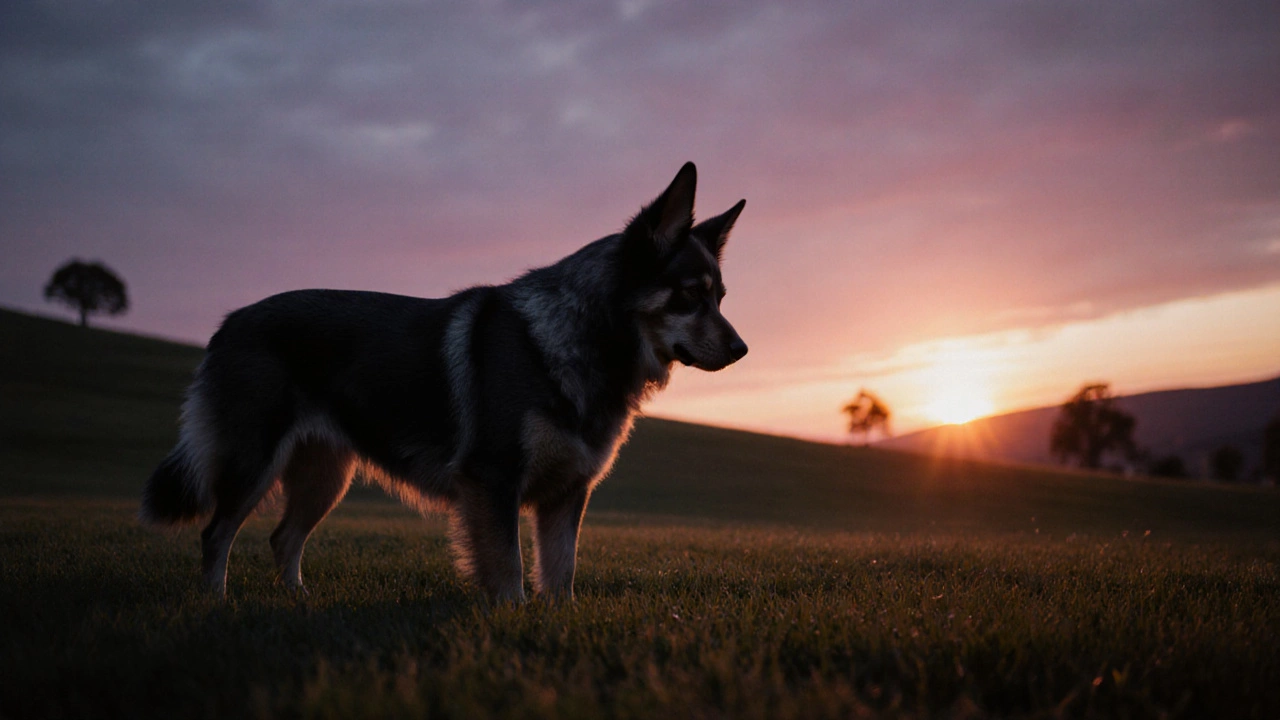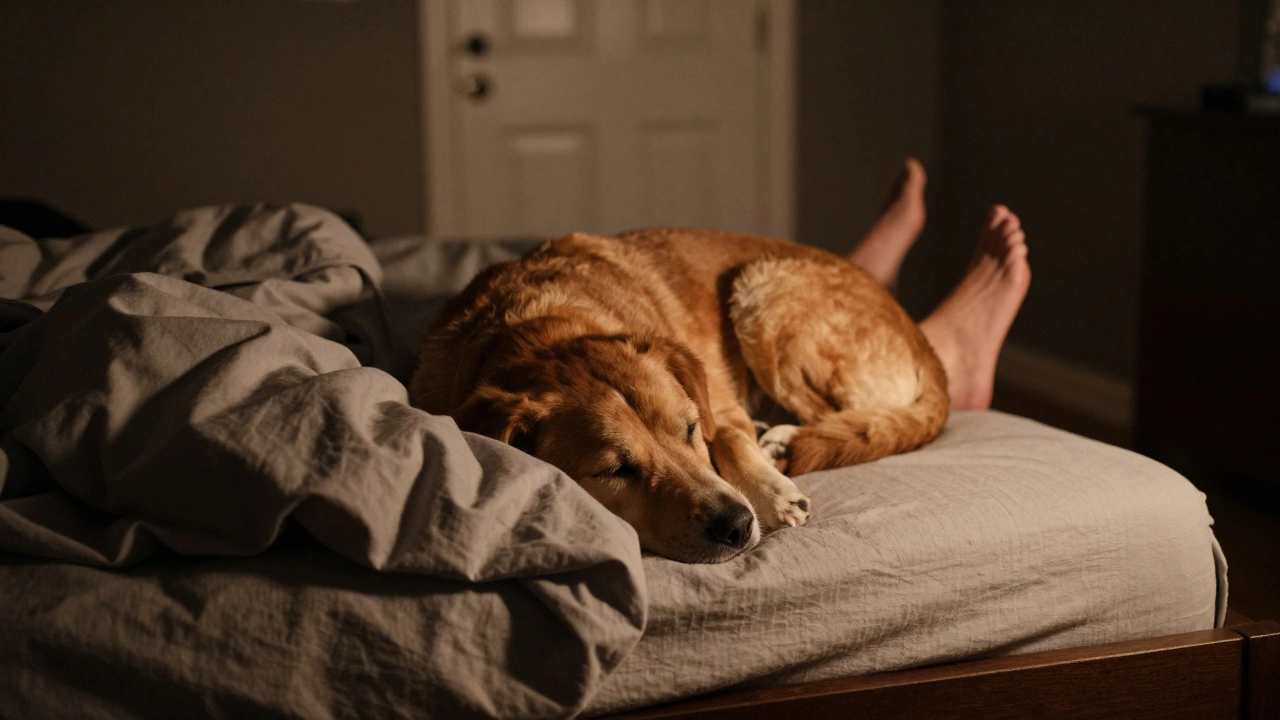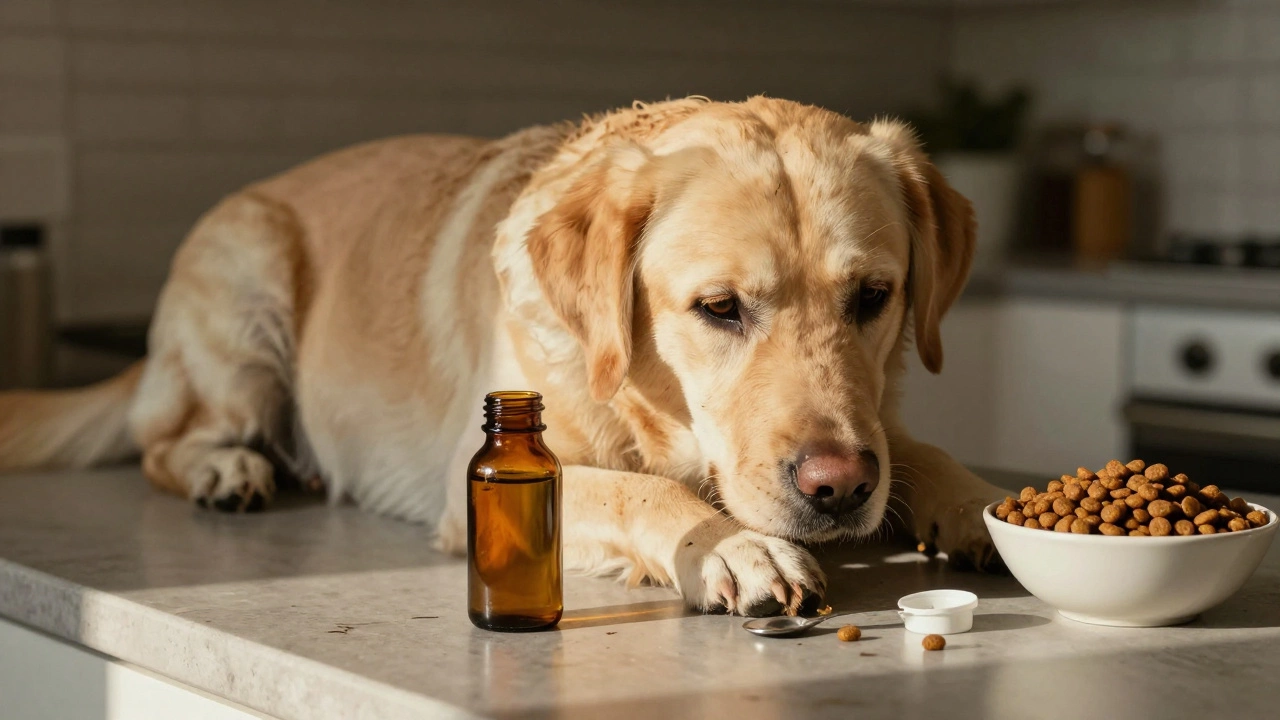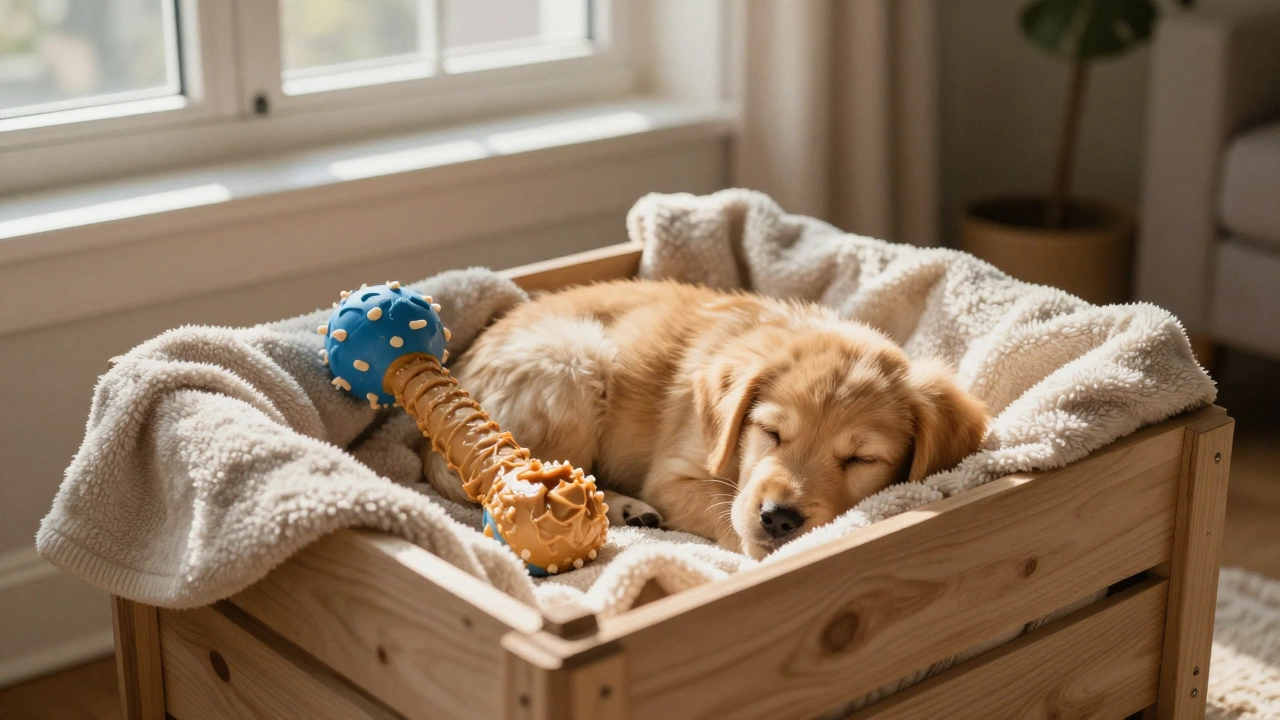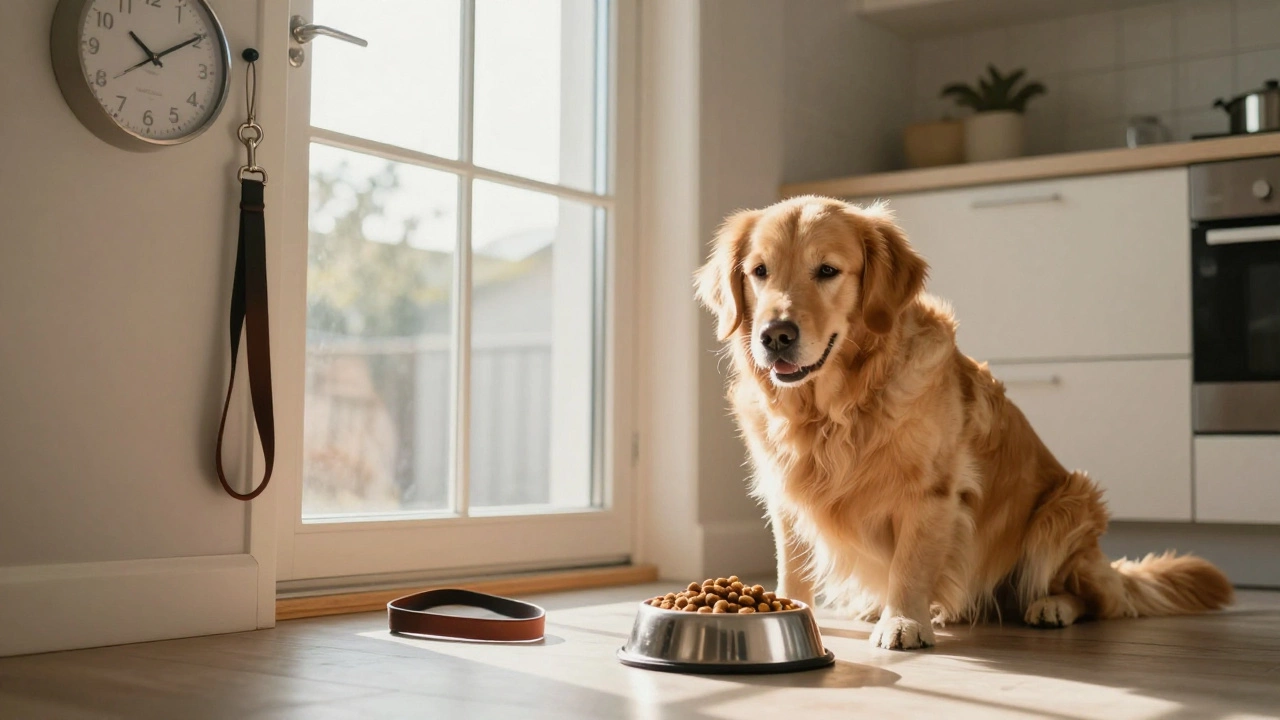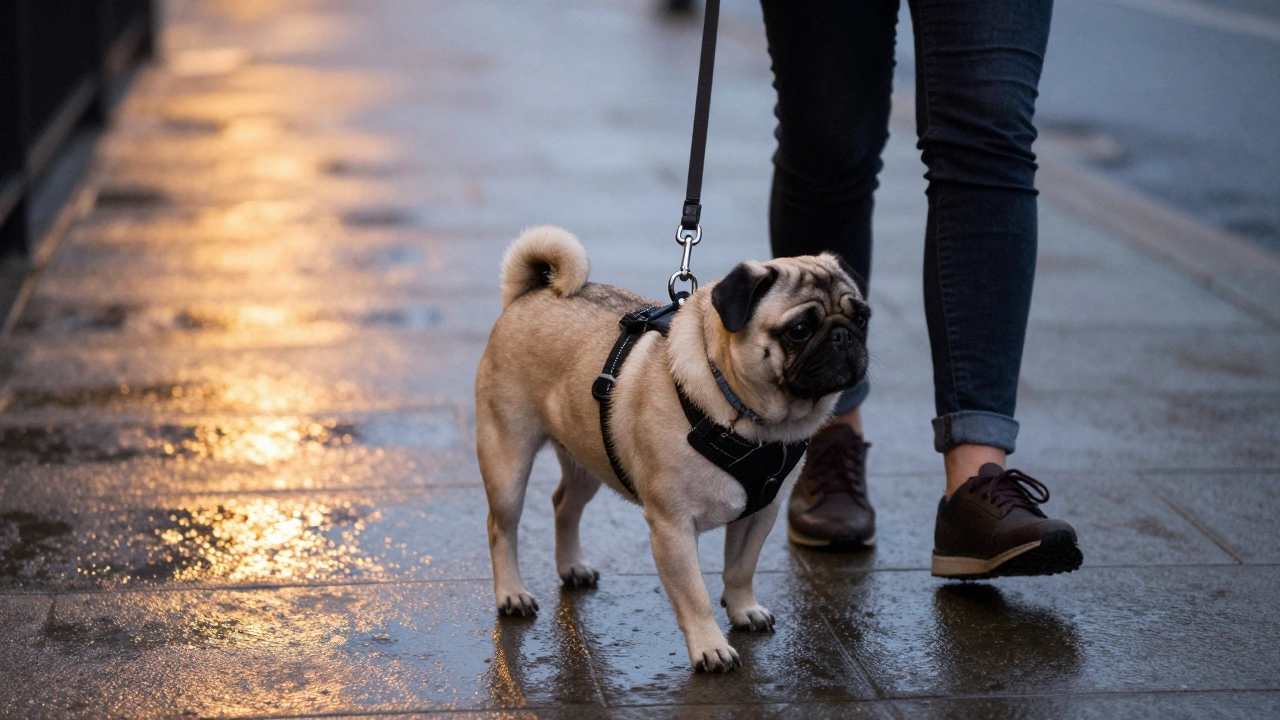Dog Sleep Habits
When talking about Dog Sleep Habits, the patterns and needs that guide a dog's nightly rest. Also known as canine sleep patterns, they shape everything from energy levels to mood. Understanding them helps you pick the right Dog Crate, a safe, enclosed space used for bedtime and training, set a consistent Puppy Sleep Routine, a schedule of naps, bedtime cues and pre‑sleep activities for young dogs, and manage Dog Anxiety, the stress response that can keep a dog awake or cause restless waking. Together they form a web: Dog Sleep Habits encompass crate training, require consistent routines, and are influenced by anxiety levels.
Why a Good Night Matters
Good sleep boosts a dog's immune system, keeps joints lubricated, and reduces unwanted behaviours. When a dog sleeps poorly, you’ll often see extra barking, chewing, or sudden bursts of energy during the day. That’s why pet owners think about the right crate size, padding, and placement – the crate becomes a mini‑den that cues the brain to wind down. At the same time, a solid puppy sleep routine, like a short walk before bed and a calm, dim environment, tells the nervous system it’s time to switch off. If anxiety creeps in, simple tools such as a low‑volume TV or a calming diffuser can lower cortisol and make the whole bedtime process smoother.
Most owners wonder whether they should let their dog sleep on the bed or keep the night strictly in a crate. The answer depends on the dog's size, age, and any existing health concerns. Larger breeds often benefit from a spacious crate that lets them stretch without feeling cramped, while senior dogs may need extra bedding to protect sore joints. Puppies, on the other hand, thrive on a routine that includes a warm spot, a chew toy, and a predictable bedtime cue. By aligning the crate setup, routine timing, and anxiety‑reducing strategies, you create a repeatable pattern that the dog learns to trust.
Besides the physical setup, diet and exercise play a hidden role in sleep quality. A walk that burns off excess energy an hour before bedtime, followed by a light snack with protein, can prevent midnight bathroom trips and keep the metabolism steady. Avoid feeding heavy meals right before sleep because digestion can cause restlessness. If you notice your dog tossing and turning, check for signs of discomfort like itching, dental pain, or joint stiffness – all of which can interrupt sleep and trigger anxiety cycles.
Below you’ll find a collection of articles that dive deeper into each of these angles – from crate safety tips and puppy‑specific bedtime tricks to ways to calm anxious dogs at night. Whether you’re a first‑time owner or a seasoned pet parent, the insights here will help you turn chaotic evenings into calm, restorative nights for both you and your furry companion.
Should You Turn the Light Off for Your Puppy at Night?
Should you turn the light off for your puppy at night? Learn how to help your puppy sleep safely and calmly by using the right kind of light-and when to turn it off for good.
Do Dogs Sense Bedtime? Understanding Canine Sleep Cues
Discover how dogs sense bedtime, read their sleep cues, and create a calming routine that ensures a good night’s rest for both pet and owner.

